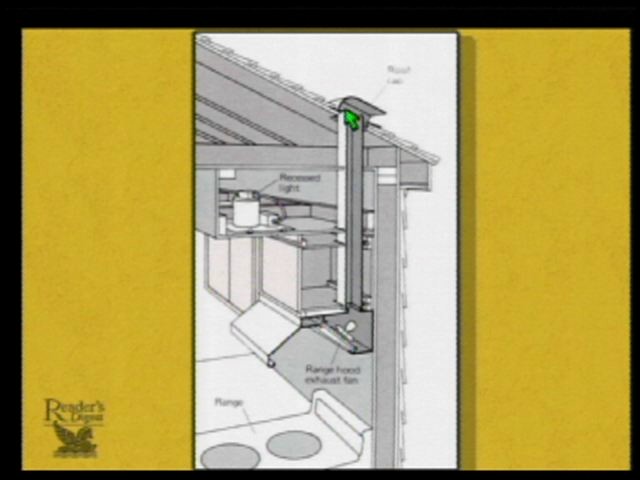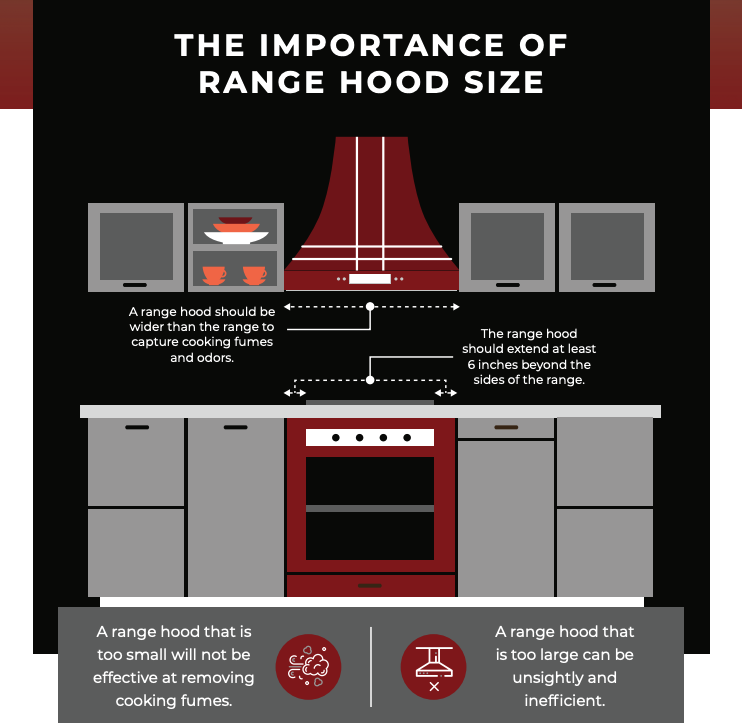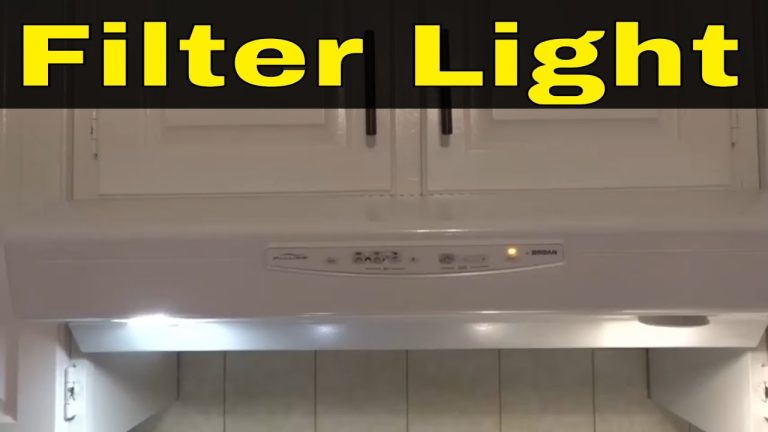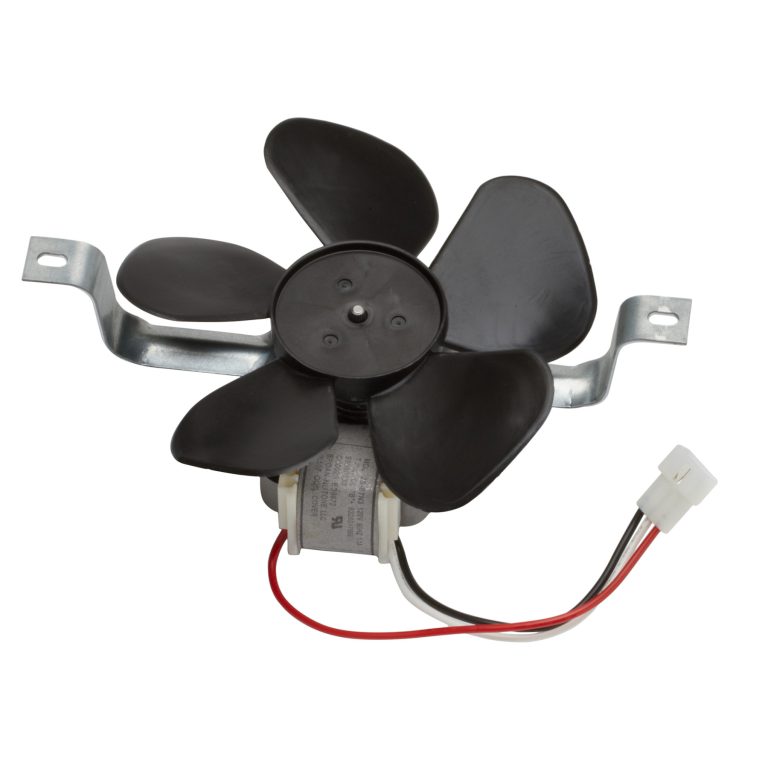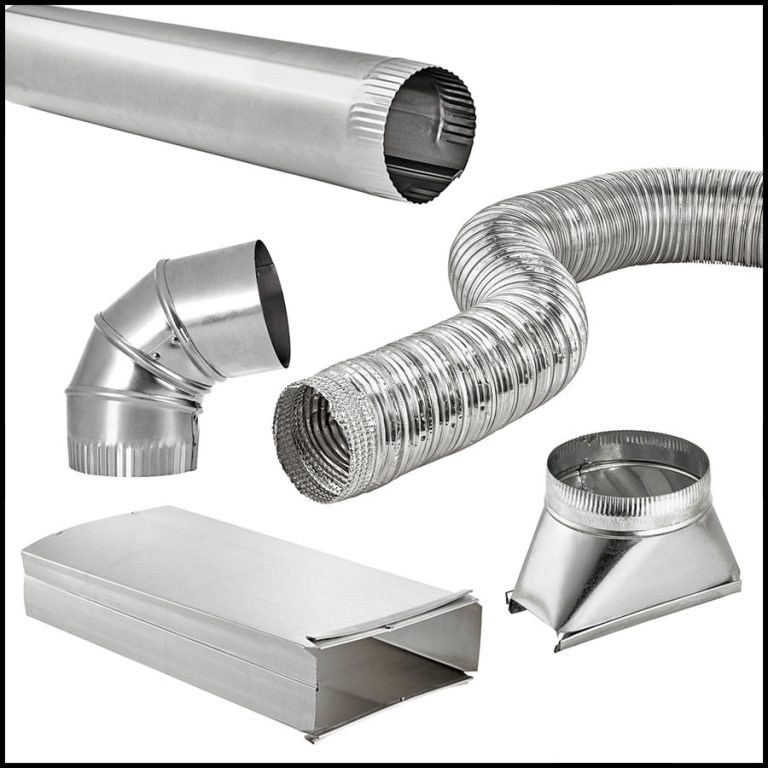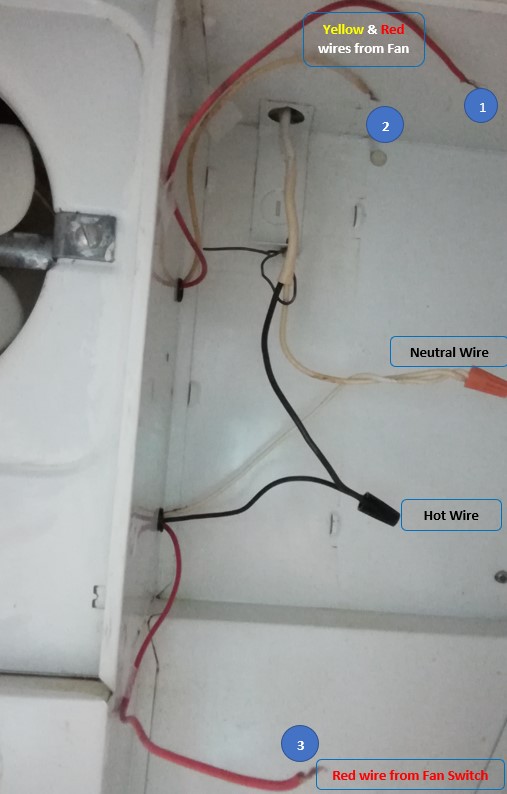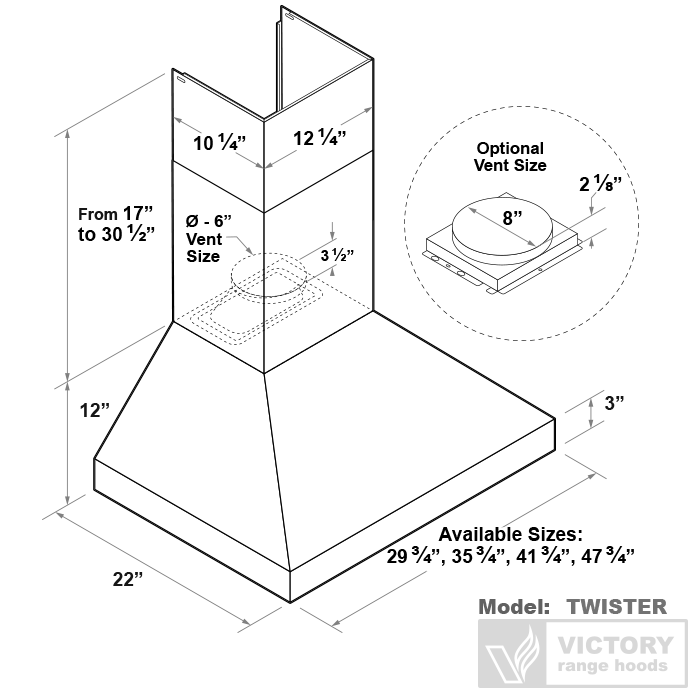No, venting your range hood into the attic is not recommended. This practice can lead to moisture buildup and potential mold issues.
Proper ventilation is crucial for any kitchen range hood. It helps eliminate smoke, odors, and excess moisture, creating a healthier cooking environment. Venting directly outside is the best option for optimal performance. Attics are not designed to handle the humidity and heat generated by cooking, which can cause structural damage over time.
Many homeowners overlook the importance of proper venting, often leading to costly repairs. Understanding the risks associated with improper ventilation can save you time and money in the long run. Always consult a professional to ensure your range hood is correctly installed and vented for safety and efficiency.
Venting Range Hoods: Basic Principles
Proper ventilation is essential for a safe kitchen environment. It helps to remove smoke, odors, and excess moisture. This keeps the air fresh and prevents mold growth.
Venting a range hood into the attic is not advisable. Doing so can lead to serious issues. Moisture can build up in the attic, causing structural damage over time.
Types of range hoods include:
| Type | Description |
|---|---|
| Under-Cabinet | Fits snugly under cabinets. |
| Wall-Mounted | Attached directly to the wall. |
| Island | Hangs above an island cooktop. |
| Downdraft | Pops up from the counter. |
Risks Of Improper Ventilation
Improper ventilation of a range hood can lead to serious risks. Moisture build-up in the attic creates a perfect environment for mold growth. Mold can cause health problems for your family. It can also damage your home’s structure over time.
Potential fire hazards are another major concern. Grease and moisture can accumulate in the attic. This creates a fire risk that can endanger your home. Proper ventilation is crucial for safety.
Always vent your range hood outside to prevent these dangers. Keeping your kitchen and home safe should be a top priority.
Can You Vent Into The Attic?
Venting a range hood into the attic is usually not recommended. It can cause moisture buildup. This moisture may lead to mold and structural damage. Check local building codes before making any decisions.
Many building codes require venting to the outside. This ensures proper air circulation and safety. Always follow your area’s regulations for best practices.
| Solution Type | Description |
|---|---|
| Short-Term | Temporary solutions like using a fan can help move air. |
| Long-Term | Install a proper vent that leads outside for safety. |
Proper Venting Techniques
Proper venting of a range hood is crucial for safety. Direct venting outdoors is the best method. This technique removes smoke and odors effectively.
Using ductwork requires some best practices:
- Always use straight ducting for better airflow.
- Keep duct runs as short as possible.
- Use smooth ducting for less friction.
- Seal all joints with duct tape or clamps.
- Ensure the vent cap has a backdraft damper.
Avoid venting into the attic. This can cause moisture problems and mold growth. Proper installation ensures a clean and safe kitchen environment.
Alternatives To Attic Venting
Recirculating range hoods</strong work without external venting. They filter air and send it back into the kitchen. This option is great for apartments or small spaces.
These hoods use charcoal filters. They remove odors and grease from the air. Regular filter replacement is necessary for best performance.
Ductless venting options are also available. They do not require ducts or vents. This makes installation easy and quick.
Look for models with high CFM ratings. This helps to improve air circulation. Choose a style that fits your kitchen design.

Credit: www.reddit.com
Attic Ventilation: Pros And Cons
Venting a range hood into the attic has both advantages and disadvantages. Proper attic ventilation helps prevent moisture buildup. However, it can lead to heat and odor problems.
Assessing feasibility is key. Check local building codes before venting. Some codes may not allow attic venting for kitchen hoods. Ensure the attic has enough ventilation to handle extra air.
| Pros | Cons |
|---|---|
| Reduces kitchen humidity | Can cause mold growth |
| Improves indoor air quality | May lead to heat loss |
| Decreases odors | Not allowed in some areas |
Safety Tips For Range Hood Installation
Choosing between professional installation and DIY can be tricky. A professional ensures safety and code compliance. They have the right tools and experience. DIY may save money, but mistakes can be costly.
Regular maintenance checks are essential for your range hood. Clean the filters every month to prevent buildup. Inspect the ductwork for any damage. Ensure the vent is clear and unobstructed. This helps the hood work efficiently.
Always follow manufacturer guidelines for safety. Proper installation and upkeep can prevent fire hazards. Stay informed about local building codes to avoid penalties.
Credit: www.reddit.com
Enhancing Kitchen Air Quality
Proper ventilation is key to enhancing kitchen air quality. Using a range hood helps remove smoke, steam, and odors. Venting into the attic may cause problems. Moisture can build up, leading to mold and damage.
Consider these additional ventilation strategies:
- Install exhaust fans in the kitchen.
- Open windows for fresh air.
- Use air purifiers to trap allergens.
Explore various air purifying technologies. HEPA filters can capture small particles. Activated carbon filters help eliminate odors. UV light systems can kill germs and bacteria. Combining these methods improves air quality.

Credit: www.worldcoppersmith.com
Frequently Asked Questions
Can I Vent My Range Hood Into The Attic?
No, venting a range hood into the attic is not recommended. This can trap moisture and grease, leading to mold growth and fire hazards. Instead, ensure proper venting outside your home. It helps maintain air quality and prevents damage to your attic space.
What Are The Risks Of Attic Venting?
Venting a range hood into the attic poses several risks. Moisture accumulation can cause mold and structural damage. Grease can ignite, increasing fire hazards. Additionally, it can lead to poor indoor air quality. Always vent range hoods directly outdoors for safety and efficiency.
How Should I Vent My Range Hood?
To properly vent your range hood, use a duct that leads directly outdoors. Ensure the duct is insulated to prevent condensation. Use a smooth duct material to minimize airflow resistance. Regularly check and clean the duct to maintain optimal performance and reduce fire risks.
What Type Of Duct Is Best For Range Hoods?
The best ducts for range hoods are metal, specifically stainless steel or galvanized. These materials resist heat and are easier to clean. Avoid using flexible ducts, as they can trap grease and reduce airflow. A smooth, rigid duct ensures efficient venting and safety.
Conclusion
Venting a range hood into the attic is not recommended. It can lead to moisture buildup and mold growth. Proper ventilation is crucial for kitchen safety and air quality. Always direct exhaust outside to ensure a healthier home environment. Prioritize your safety by following local building codes and best practices for installation.
